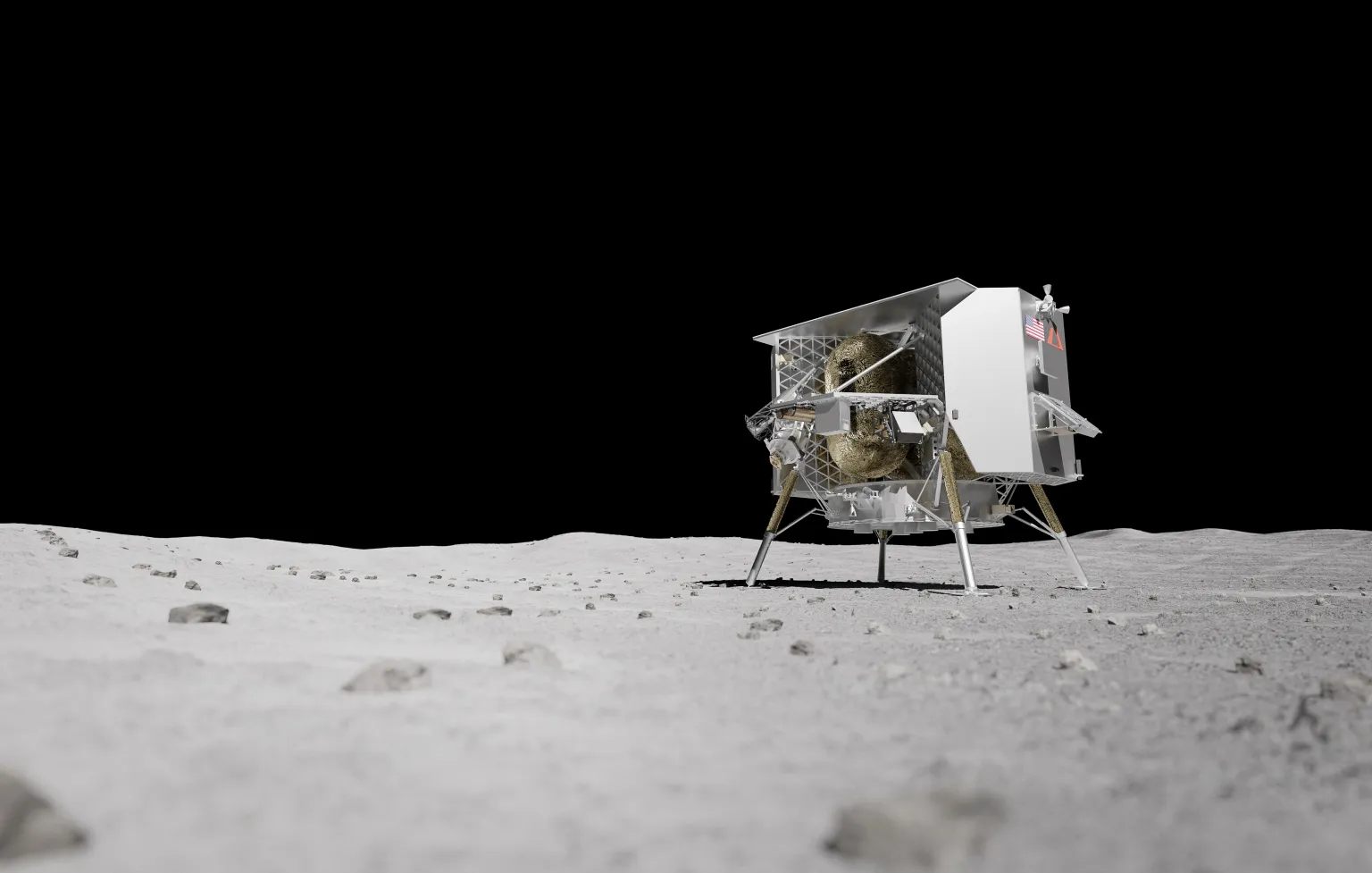Astrobotic’s Peregrine One lander to carry five NASA payloads to the Moon

- Country:
- United States
Astrobotic's Peregrine lander will deliver five NASA payloads to the Moon following its January 8 launch on a United Launch Alliance Vulcan rocket from Cape Canaveral, Florida.
The payloads will look for water molecules on the lunar surface, measure radiation and gases around the Peregrine lander, and evaluate the lunar exosphere - the thin layer of gases on the Moon's surface - to help NASA decode some of the solar system's greatest mysteries.
Astrobotic's Peregrine One lander will touch down at Sinus Viscositatis, a lunar feature outside of the hardened lava Gruithuisen Domes on the near side of the Moon on Feb. 23.
The five NASA payloads aboard the lander include:
The Linear Energy Transfer Spectrometer (LETS)- a radiation monitor derived from heritage hardware flown on Orion Exploration Flight Test-1 in 2014. LETS will collect data on the lunar radiation environment and demonstrate the capabilities of the radiation monitors themselves on the lunar surface.
The Near-Infrared Volatile Spectrometer System (NIRVSS) - will study the composition and surface temperature and fine-scale structure of the lunar soil at the landing site. NIRVSS features an imager, spectrometer, and thermal sensor to study the lunar soil and detect which types of minerals and volatiles are present.
The Neutron Spectrometer System (NSS) - This instrument will detect potential water present in the lunar soil at the landing site, as a result of the water in the exhaust deposited by the lander’s engines. After landing, the system will measure any changes in the characteristics of the lunar soil over the course of a lunar day.
The Peregrine Ion-Trap Mass Spectrometer (PITMS) - Designed to investigate the composition of compounds in the thin lunar atmosphere, PITMS will provide insights into the release and movement of volatiles such as water, gases, and other chemical compounds.
The Laser Retroreflector Array (LRA) - Comprising eight retroreflectors, LRA will enable precise measurements of the distance between the orbiting or landing spacecraft and the lander. LRA is a passive optical instrument and will function as a permanent location marker on the Moon for decades to come.










